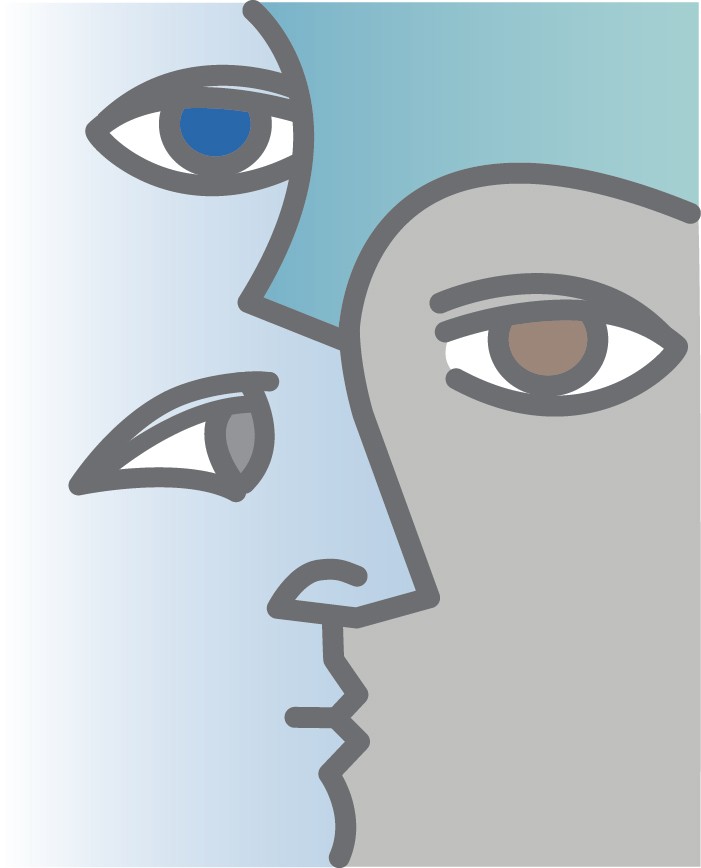BERNARD J. MOHR is a global practitioner, author, and speaker on the creation of flourishing organizations. He is the co- originator of People Powered Innovation Labs - the only full integration of Design Thinking, Appreciative Inquiry and Whole System practices for innovation in complex social systems. For 45 years throughout the USA, Central America, the Caribbean, Western Europe, Canada, and the Middle East he has supported clients such as Bay State Health, British Petroleum, Canadian Broadcasting Corp., Coca Cola, Episcopal Church/USA, Exxon, GlaxoSmithKline, Government of Trinidad and Tobago, LL Bean, Novartis, Tufts Medical Center, University of Maine, and the US Internal Revenue Service. He is also past Dean of Complex Systems Change at the Institute for Applied Behavioral Science, and adjunct faculty in organizational innovation at Concordia University (Montreal).
He can be reached at +1-207-807-4974 or bernard@ppi-labs.com.



